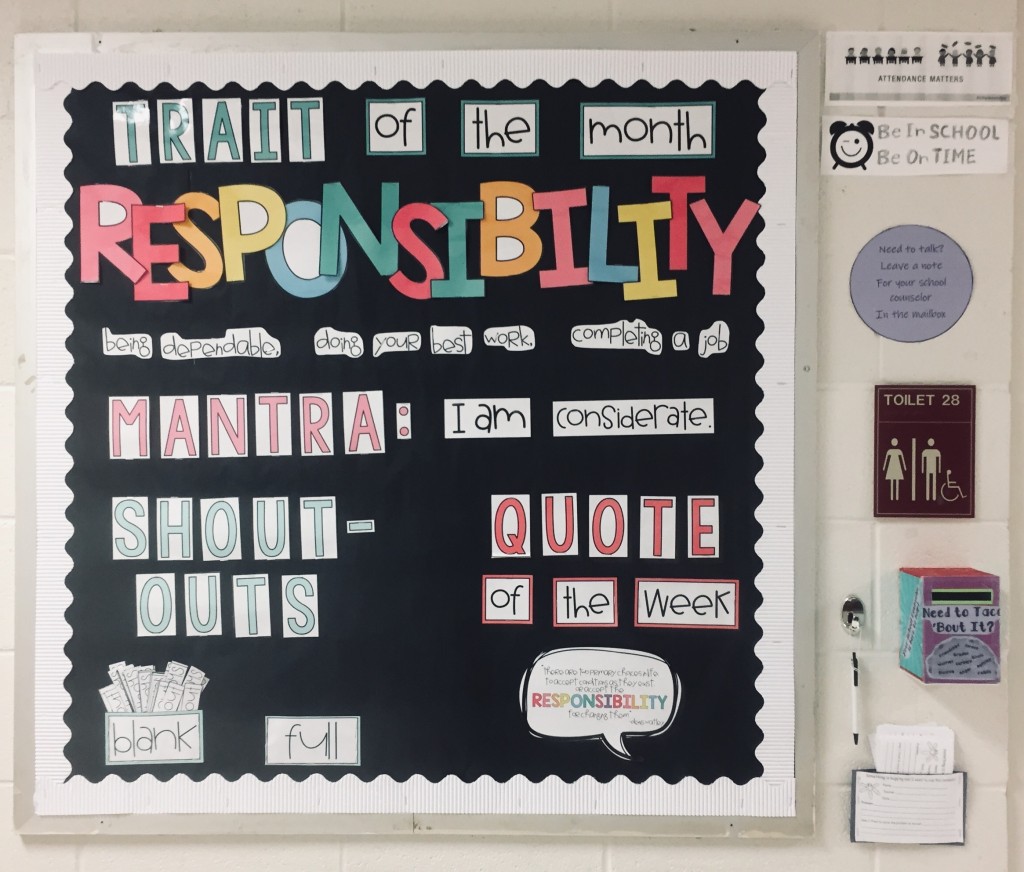Lesson Title: Rumor Has It
Grade(s): K-5
ASCA Standards:
PS:A1.6 Distinguish between appropriate and inappropriate behavior
PS:A1.7 Recognize personal boundaries, rights and privacy needs
PS:B1.1 Use a decision-making and problem-solving model
Learning Objectives:
- Students will be able to define and describe a rumor
- Students will be able to describe 3 ways to stop the spread of rumors and how to decide if something is safe to share
Materials:
- Rumor Has It by Julia Cook
- The following download for grades 2-5: https://www.teacherspayteachers.com/Product/Moral-Dilemma-and-Discussion-Questions-The-Rumor-Mill-367955
Lesson:
Begin the lesson by asking students if they have heard the new rumor today. Consider making up a silly rumor (if teaching a 5th grade class, tell them that you heard that all 4th graders were getting candy today) and share it with the class.
Discussion:
- You all seem upset. Why does this rumor upset you?
- What is a rumor?
- Do you think rumors are “not a big deal” or can they be dangerous?
- Explore the idea of how even rumors that may “not a big deal” could be unkind or unsafe, consider the ethics of lying/dishonesty
Explain that this rumor isn’t true. Consider offering candy as an incentive for participation at the end of the lesson.
Read Rumor Has It by Julia Cook.
Discussion Questions:
- Have you ever heard or told a rumor before?
- Who can be hurt by a rumor?
- Why do you think rumors are started?
- When is something a rumor vs. something that’s true?
- Are rumors and gossip the same thing?
- How can we decide if something we hear is something we should share or not
Share how to use the THINK test and why it is so valuable and important:
- THINK Test
- T (true)
- H (helpful)
- I (inspiring)
- N (necessary)
- K (kind)
Explore different ways to stop a rumor:
- Refuse & Ignore – explain that you don’t like gossip or rumors and that you choose not to participate
- Challenge – when necessary, uncover the factuality of the rumor and only share what passes the THINK test
- Distract – change the subject to something more positive
For Grades 2-5:
If time allows, consider downloading the following story & discussion questions to further explore the topic of rumors with your class. The story and discussion could be done as a whole class activity or with students in groups.

